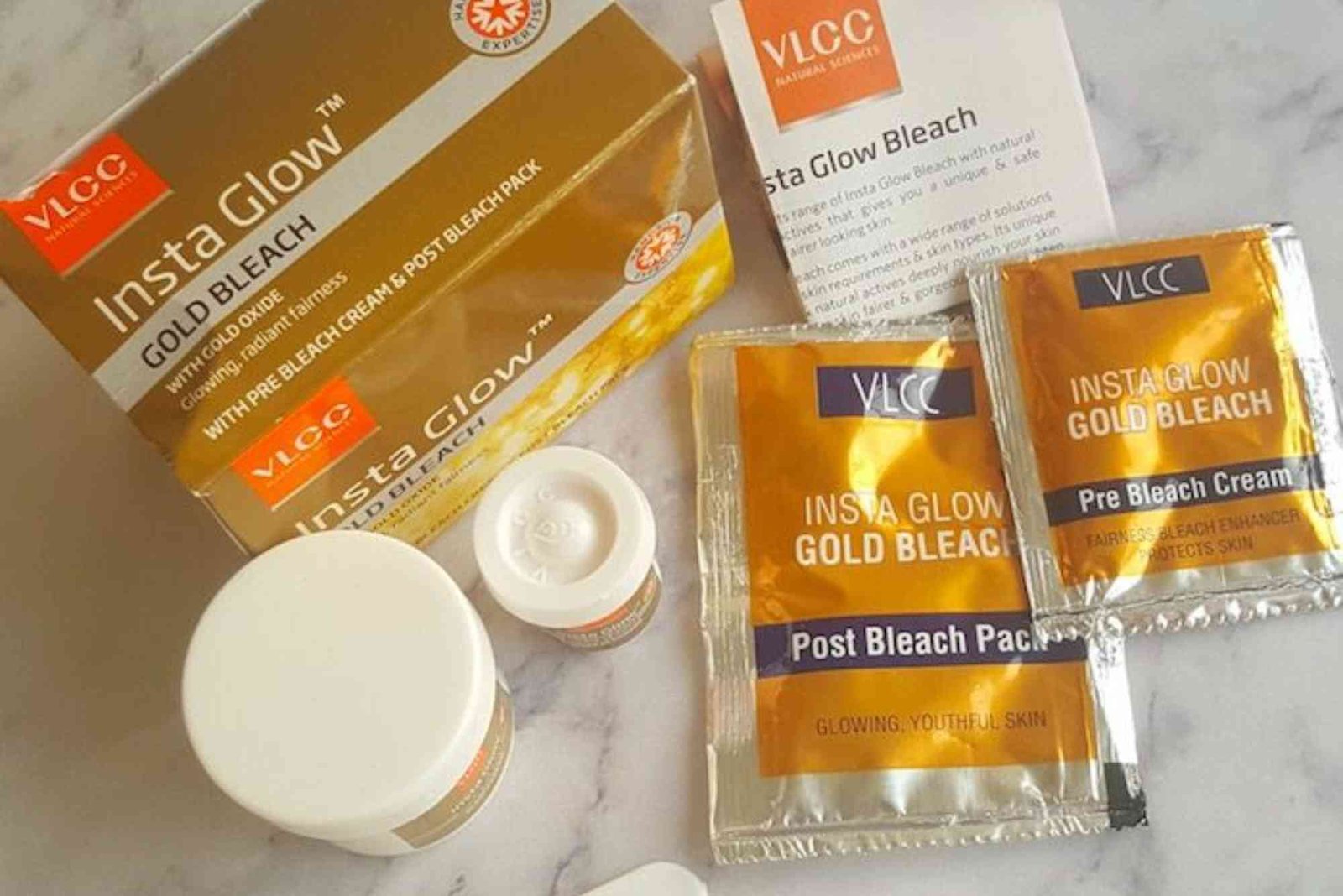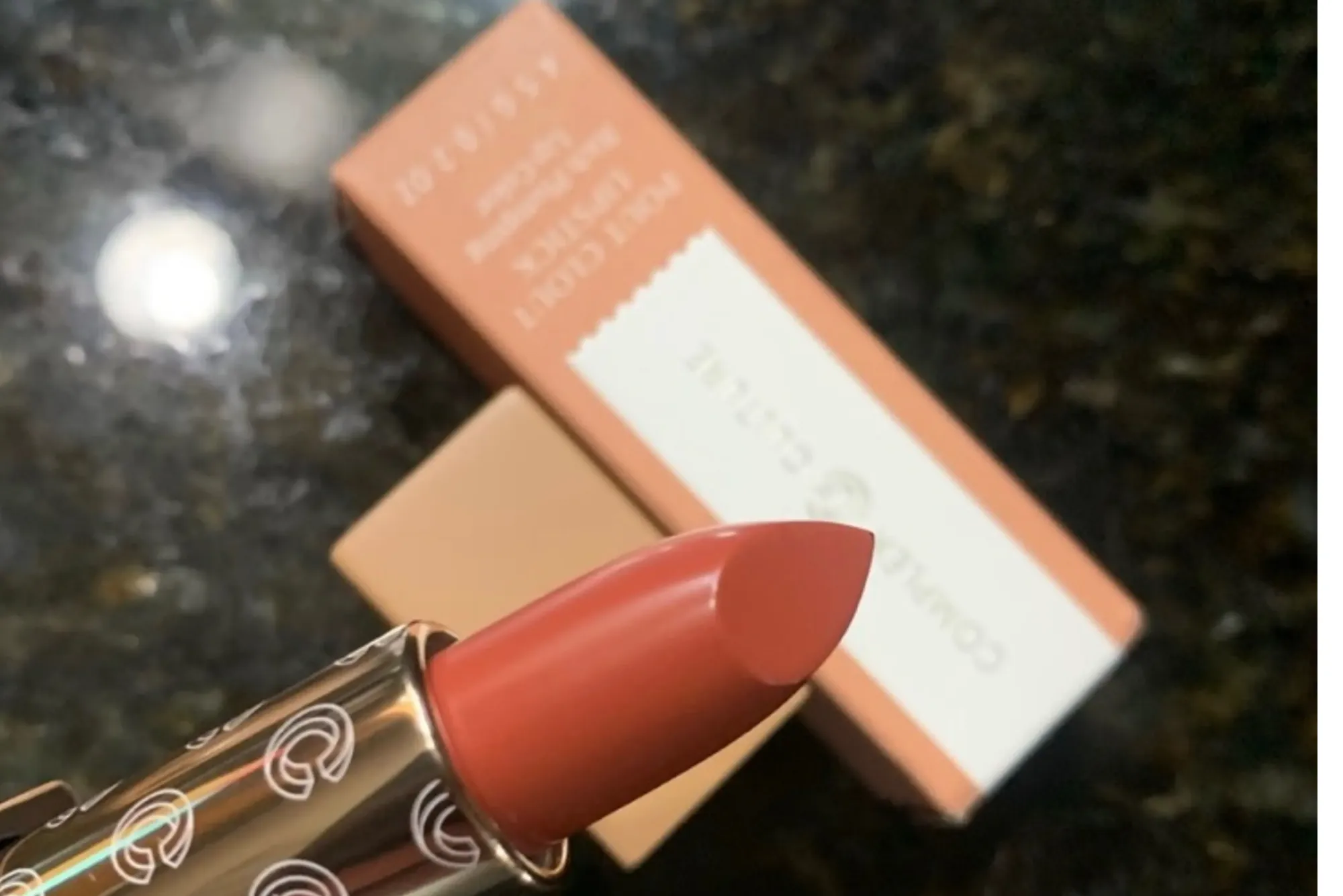When it comes to gold prospecting, technology has completely transformed the way modern prospectors search for hidden treasures. Very Low Frequency (VLF) metal detectors are among the most popular choices because of their affordability, sensitivity, and ability to distinguish between different types of metals. But with so many models on the market, one big question remains: which is the best option for serious gold hunters?
As someone who has followed the advancements in gold detection closely, I’ve seen how detector features can either boost your success or hold you back. Understanding what sets a high-quality machine apart can help you make an informed decision before stepping into the field.
Sensitivity and the Role of VLF Technology
The greatest advantage of VLF detectors is their ability to sense small gold nuggets, often in shallow depths. This makes them incredibly useful for prospectors working in areas where fine gold is more common than large nuggets. Choosing the best vlf gold detector often comes down to how sensitive the machine is and how well it performs in mineralized soils. The right detector will allow you to filter out interference while still recognizing faint signals from small pieces of gold that many other machines might miss.
Ground Balance and Performance in the Field
Gold-bearing areas are often rich in minerals, and this can create significant challenges for detectors. A strong ground balance feature helps minimize the noise caused by mineralized soil, ensuring that you hear only genuine signals. This is why advanced detectors such as the GPZ 7000 are so highly regarded in the prospecting community. Known for its cutting-edge ground handling and depth capabilities, it gives prospectors an edge when working in challenging environments, making it one of the most reliable tools for serious gold hunters.
Operating Frequency and Depth Detection
VLF detectors typically operate in a range of frequencies between 3 kHz and 30 kHz. For gold prospecting, higher frequencies are often better because they can pick up the smaller particles that lower frequencies might miss. However, frequency also affects depth—higher frequencies excel at shallow detection, while lower frequencies penetrate deeper into the ground. A balance between the two, or the ability to adjust frequency, can make a huge difference in the field.
Depth detection also depends on coil size. Larger coils allow you to cover more ground and reach deeper layers, while smaller coils offer better precision and sensitivity in difficult terrain. Prospectors who frequently switch between open fields and rocky creeks often benefit from a detector with interchangeable coils.
Target Identification and Discrimination Features
A major frustration for many beginners is digging up trash metals such as bottle caps, nails, or aluminum. Advanced discrimination features help separate these unwanted items from genuine gold signals. Although no detector is perfect, machines with precise target identification reduce wasted effort and increase your chances of success. This feature becomes especially valuable in areas with heavy human activity where false signals are common.
Durability and Ease of Use
Gold prospecting is physically demanding, often involving long hours outdoors in rugged environments. A good detector should be both durable and comfortable to handle. Waterproof or at least water-resistant models expand the possibilities for exploring riverbeds and streams where gold is often found. Weight distribution also plays a big role in usability—lightweight detectors are easier to carry for extended sessions without causing fatigue.
Ease of use is another factor that often goes overlooked. Beginners benefit from detectors with intuitive controls, while more advanced users appreciate customizable settings for more precise adjustments. Striking a balance between these two needs is important when choosing the right detector.
Value for Money in Gold Prospecting
Prospecting is an investment of both time and money, so choosing the right detector can save you from costly mistakes. While some of the most advanced models come with a higher price tag, they often provide the best long-term value due to their accuracy, versatility, and reliability. Machines like the GPZ 7000, although premium, offer features that can justify their cost if you’re serious about gold hunting.
For those just starting, however, a mid-range VLF detector may be sufficient to build experience before moving on to more advanced equipment. Ultimately, your goals and budget will determine whether you should opt for an entry-level, mid-range, or high-end detector.
Final Thoughts on Choosing the Best VLF Gold Detector
The best VLF detector for gold prospecting is not necessarily the most expensive one but the one that fits your specific needs. Factors such as sensitivity, ground balance, frequency, and durability should all guide your decision. For many prospectors, starting with a high-quality VLF model provides an accessible entry point into gold hunting, while professionals may lean toward advanced machines like the GPZ 7000 for maximum performance.
No matter which option you choose, having the right detector transforms prospecting from a guessing game into a calculated search for hidden treasures. With patience, persistence, and the right equipment, every trip into the field holds the potential for discovery.





